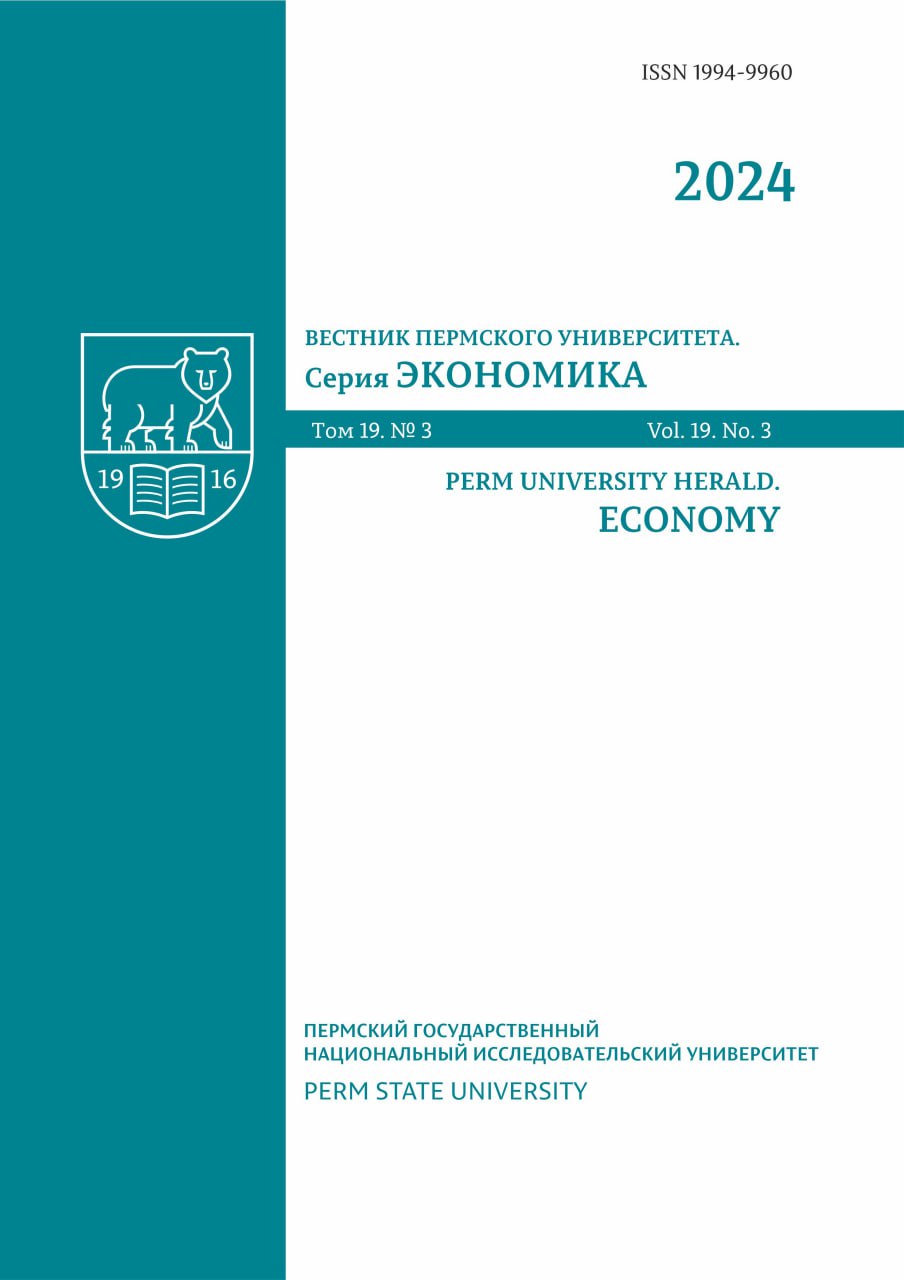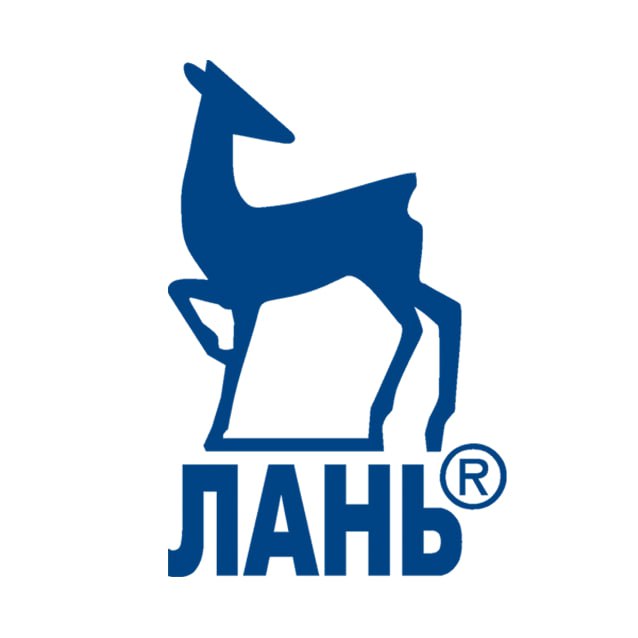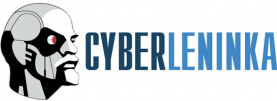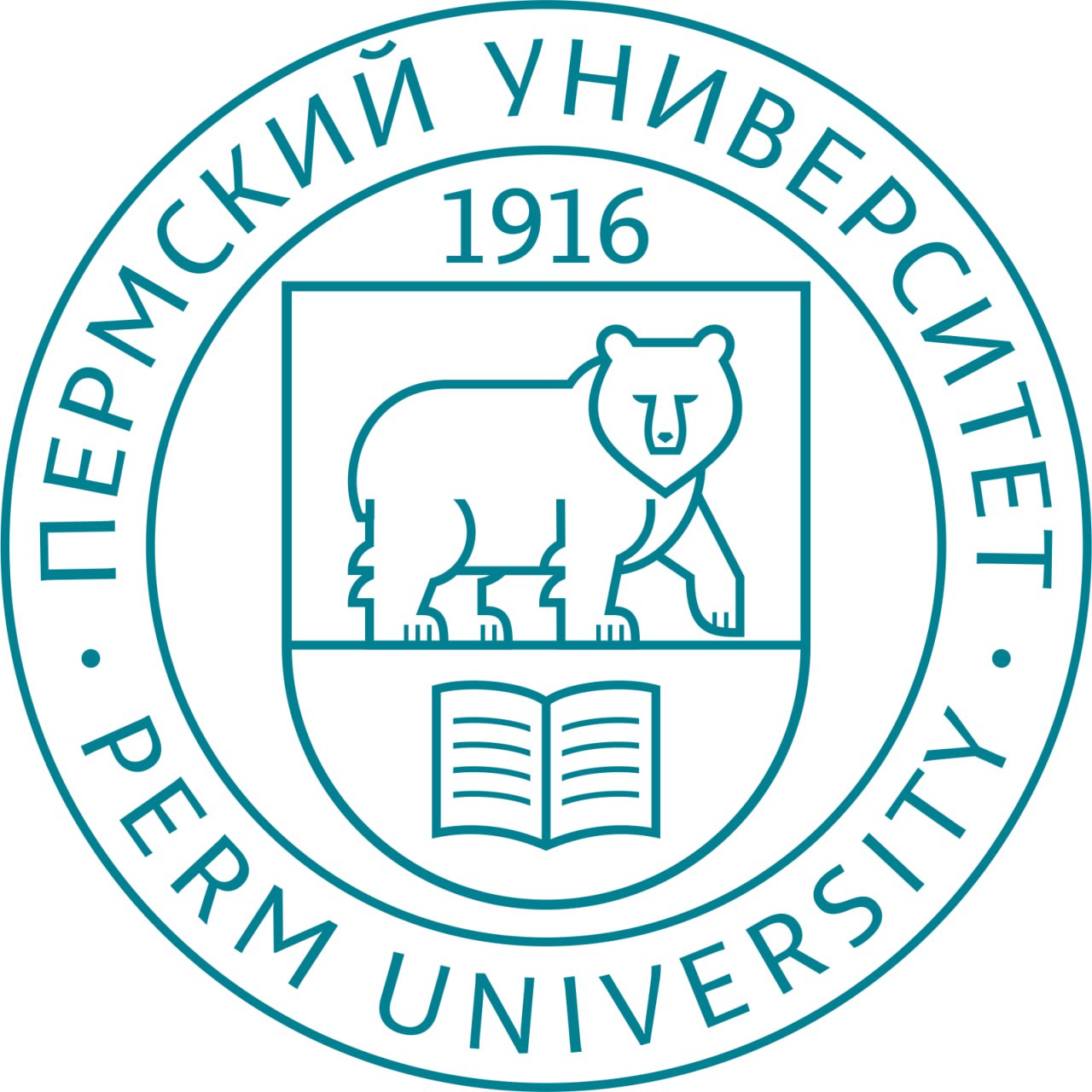Peer reviewing
The procedure of peer reviewing manuscripts submitted to the scientific journal «Vestnik Permskogo Universiteta. Seriya “Ekonomika” = Perm University Herald. Economy» for publication are regulated by the Regulations of peer reviewing original scientific articles.
THE REGULATIONS
of peer reviewing original scientific articles submitted to the scientific journal «Vestnik Permskogo Universiteta. Seriya “Ekonomika” = Perm University Herald. Economy» for publication
- General provisions
1.1. These Regulations regulate the procedure of peer reviewing original manuscripts (materials) and set requirements for peer reviews of the manuscripts submitted for the publication in the scientific journal «Vestnik Permskogo Universiteta. Seriya “Ekonomika” = Perm University Herald. Economy» (hereafter referred to as the Journal).
1.2. Peer review (expert evaluation) of scientific manuscripts in the Journal is performed with the purpose of selecting the most significant and relevant (having good prospects) scientific works, providing modern, original results or research methods, that are acute and relevant at the current stage of economics science development. Promotion of relevant researches is made through the expert evaluation of scientific articles by highly qualified experts.
1.3. All materials submitted to the Journal are subject to peer review.
- Rules of submission of materials for peer review
2.1. Only the manuscripts prepared and formatted in strict accordance with the terms and procedure for submitting manuscripts can be peer reviewed.
2.2. Content of a manuscript must be suitable for open access. If there is a restricting stamp, it serves as a ground for rejecting the material.
2.3. All manuscripts are inspected by means of “Antiplagiat” (Anti-plagiarism) system in order to detect unoriginal texts. The scientific article is rejected or is returned to the author as requiring improvements supplied with the substantiation:
– if the originality of the text is less than 80% (borrowings from one source are allowed to be not more than 5%, except they are borrowings from publications of the author of the article that describe scientific results which have been previously obtained and published elsewhere; in this case references to the previously published materials are necessary);
– if the borrowings from the author’s own publications (self-plagiarism) are more than 15%.
2.4. Providing all the requirements for scientific articles, the editorial staff of the Journal accepts the manuscript. Chief Editor or Deputy Chief Editor sends it for peer reviewing.
- Procedure for peer reviewing
3.1. All scientific articles submitted to the Journal are subject to mandatory peer review in order to provide their expert evaluation.
3.2. Chief Editor or Deputy Chief Editor of the Journal determines whether the manuscript fits the Journal’s specialization witnin 10 day period since the article was recieved and then sends it for peer reviewing.
3.3. The Journal uses double-blind peer-review system (double-blind means when authors and reviewers are not aware of each other’s identities). At least two reviewers are assigned for each manuscript.
3.4. The scientists in the peer-review process are those being acknowledged specialists in the field under consideration and having had publications on the subject discussed in the article under review over the last three years. A reviewer must have a scientific degree of the Doctor or Candidate of Science.
3.5. Reviewers must follow the «Regulations on ethical standards of editorial policy of Perm State University» accepted at the University and Standards of the Publication ethics of the journal «Vestnik Permskogo Universiteta. Seriya “Ekonomika”=Perm University Herald. Economy».
3.6. A reviewer must consider the scientific article sent to him/her in due time and send the editors a review prepared in compliance with the requirements or a motivated refusal to perform the review.
3.7. A term of peer reviewing is set in each individual case provided that all conditions favourable for preparing the review as promptly as possible are created and the process takes not less than 15 and not more than 25 working days of the moment when the application for peer reviewing and the article were sent to a reviewer.
3.8. Based on the reviews and recommendations by the Editorial Board, Chief Editor or Deputy Chief Editor makes a final conclusion to publish the article based on its compliance with the subject area, scientific novelty, relevance, theoretical, methodological and practical value, promotion of high scientific level of the Journal.
- Requirements for peer reviews
4.1. The editors of the Journal recommend to use a standard form of peer review (Review form).
4.2. With the concurrence of Chief Editor or Deputy Chief Editor, it is possible to prepare a review in free form.
4.3. A review should contain competent analysis of the content of the article, its impartial and well-reasoned evaluation and well-grounded recommendations. The following points are covered in a review: whether the manuscript fits the Journal’s specialization; correspondence between the title and content of the article; compliance of the article with the rules of preparing and formatting manuscripts; relevance of the materials presented; assessment of the content and structure of the manuscript; scientific novelty (new theoretical and methodological approaches, new facts, hypotheses, new research results); to what extent practical issues are covered, their current significance; theoretical and practical significance of the research; to what extent the author’s claims and conclusions correspond to current scientific concepts in the given field; reliability of the information presented; correctness and accuracy of the definitions and wordings used (introduced) by the author; validity of the conclusions drawn; the way the article is written (the language and style of the article; the text should be logically coherent; all parts (paragraphs) of the article should have a strong logical connection with each other); whether the list of references contain sufficient number of sources; formatting and design of the text and figures; whether the concepts introduced in the article and expressed in terms are defined in a correct and logically clear way. A review should provide well-reasoned presentation of strengths and weaknesses of the work and state what improvements and modifications should be made by the author.
4.4. Based on the results of peer-reviewing, a reviewer presents one of the following conclusions for consideration to the Journal editorial board:
4.4.1. Article does not correspond to the requirements and the scientific level of the Journal;
4.4.2. Article requires serious improving and additional peer-reviewing;
4.4.3. Article is recommended for publication providing that it is revised and improved;
4.4.4. Article corresponds to the Journal requirements and is recommended for publication.
4.5. In the event of negative review of the article, a reviewer should convincingly justify the conclusion.
4.6. A reviewer may give recommendations to an author to improve the article in the notes to the manuscript. In this event the editorial staff will send an author the file with the reviewer’s notes to the manuscript together with the review copy.
4.7. A signed and witnessed by the personal department at the reviewer’s employment place review is sent by post to the editorial office of the Journal: 15, Bukireva st., Perm, 614068, Russia. Perm State University. Faculty of Economics, offices 223, 225. The editorial office of the scientific journal «Vestnik Permskogo Universiteta. Seriya “Ekonomika” = Perm University Herald. Economy».
- Procedure of the Editorial Board on the review results
5.1. In the event the reviewers make a conclusion specified in clause 4.4.1 of the present Regulations, the Journal sends a reasonable decision to reject publishing the manuscript and the review copy.
5.2. In the event at least one reviewer makes a conclusion specified in clause 4.4.2 of the Regulations, the manuscript is sent back to the author for revision and improvement. The improved variant of the manuscript must be submitted to the Journal not later than 2 months from the date the letter with the review results was sent. In the event the improved variant of the manuscript is not received by the Journal within the specified period it is not submitted for the publication. The improved variant of the manuscript again undergoes peer-review, with the same reviewer or, in exceptional cases when the peer-review with the same reviewer is impossible, by another one, assigned by Chief Editor or Deputy Chief Editor. If this time the result is negative again, the manuscript is rejected and is not subject to further consideration.
5.3. In the event the reviewer (reviewers) makes a decision specified in clause 4.4.3 of the Regulations, the manuscript is sent back to the author for revision and improvement. The improved variant of the manuscript must be submitted to the Journal not later than 2 months from the date the letter with the review results was sent. In the event the improved variant of the manuscript is not received by the Journal within the specified period it is not submitted for the publication. The decision to publish the improved variant of the manuscript is made by Chief Editor or Deputy Chief Editor without additional peer reviewing.
5.4. In the event the reviewers make decision specified in clause 4.4.4 of the Regulations, a scientific article is approved by Chief Editor or Deputy Chief Editor for publication in one of Journal’s issues.
5.5. In the event there are differences of opinion among reviewers about the quality of the submitted manuscript, Chief Editor or Deputy Chief Editor sends the manuscript for additional reviewing.
5.6. The editors of the Journal must inform the authors of the peer review results and conclusion about the advisability to publish the article within a 5 day period since the conclusion was made. The editors send authors of the submitted materials copies reviews and conclusion about the results of peer reviewing.
5.7. Editors and editorial board of the Journal reserve the right to shorten or correct submitted manuscripts (internal peer-reviewing/scientific editing), including the preparation of the printed version of the issue. At that all the corrections made are conformed to the author.
5.8. Originals of peer reviews are kept in the editorial office of the Journal for 5 years. If requested by the Ministry of Education and Science of the Russian Education (Minobrnauki RF), they are obligatorily furnished to the Supreme Attestation Commission and/or Ministry of Education and Science.
5.9. The Journal does not keep the articles that were not accepted for the publication.
5.10. The order of manuscripts publication is determined by the editorial instruction of the Journal.
Download the List of Reviewers









